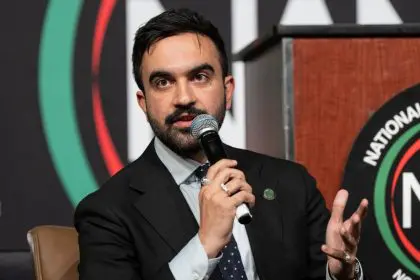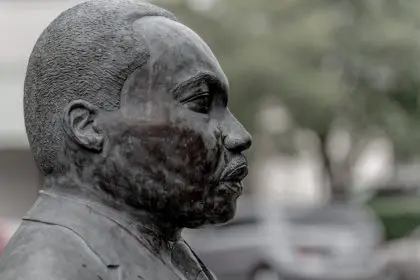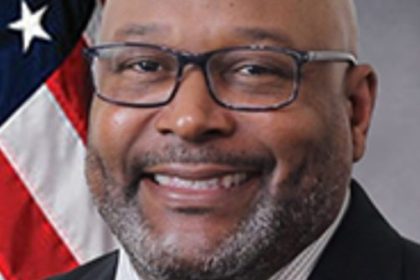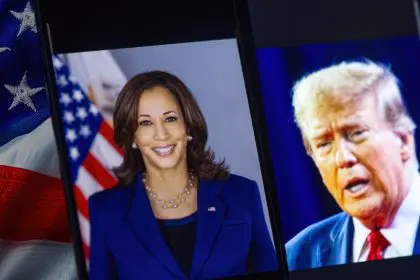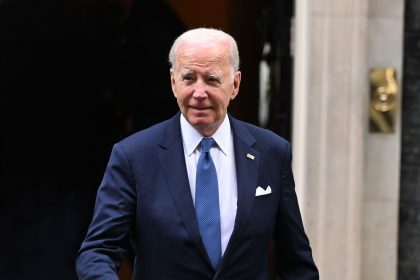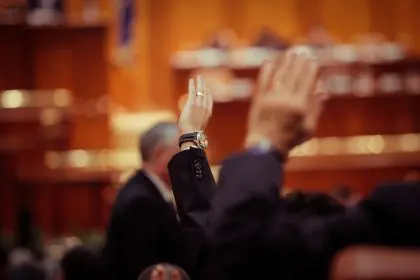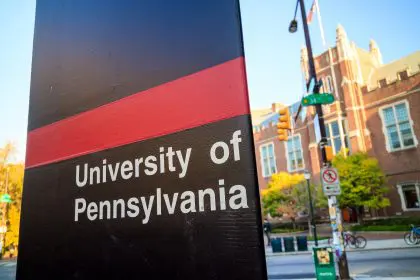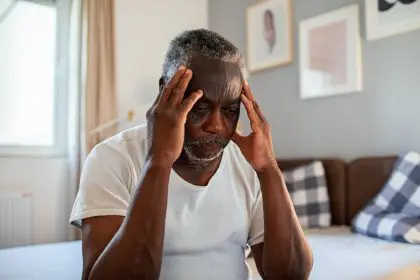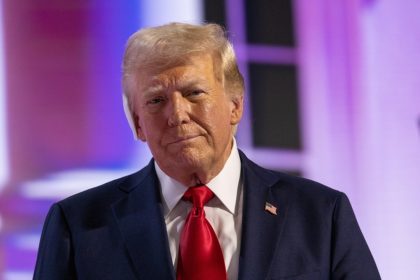The Biden–Harris administration is living up to another campaign promise by helping provide better infrastructure to communities in need. On Feb. 28, U.S. Transportation Secretary Pete Buttigieg announced $185 million of grants were going toward 45 infrastructure projects across the country. The monies are being distributed through the new Reconnecting Communities Pilot Program, which falls under the $1-billion, five-year Bipartisan Infrastructure Law that passed on Nov. 6, 2021.
The grant will help communities like Buffalo, New York; Long Beach, California; Birmingham, Alabama; Baltimore; and Atlanta. Mitch Landrieu, New Orleans’ former mayor and current senior advisor to President Biden, spoke to rolling out about the purpose of these infrastructure grants.
What is the purpose of these latest infrastructure grants?
The president and the vice president are rebuilding the backbone of America. They are rebuilding the middle class by creating good-paying jobs, better pay, dignity for work and using infrastructure to do it. The idea is that infrastructure should unite us and not divide us. In the African American community, in communities of color, this has not been our history. … So there is a substantial amount of money the president and the vice president put on the ground to reconnect communities.
How can these grants improve safety for these communities?
There are a lot of examples, but one specific one comes from Las Vegas. About eight blocks away from the Strip, there’s another neighborhood where people live … and there’s this big thoroughfare that runs through the town. I went there a couple of months ago to give this award away, and the kids could not even walk to school. They couldn’t cross the street because it was a highway, cars were going by. Small businesses couldn’t get people in their parking lot, because it was too dangerous. There needed to be three or four crossing guards just to get the kids across the street on bikes and scooters. If you walk to school, like I did, it looked like a street your mom wouldn’t even [have] let you walk down.
One of the things these monies are used for is to redesign those streets, to make them walkable, to make sure kids can cross and small businesses can build generational wealth.
How did growing up in and serving as the mayor of a Black city like New Orleans impact your perspective on these disparities?
You have to find people where they live, you have to go to places where they [have] need[s] and you sometimes have to fix what was broken. One of the things that was broken with all these communities [is they got] dissected by running these massive interstate systems through their neighborhoods. … When I was a state legislator, we took on a ramp in New Orleans called the Camp Street ramp. When we did that, it completely revived the neighborhood because that road ran right through it. It was literally a divide, and it kept you not only from each other, but it kept you away from economic opportunity.
When you get on the ground and talk, listen and value people, you know they’re an important part of the future because you can’t move forward without everybody in the neighborhood.

